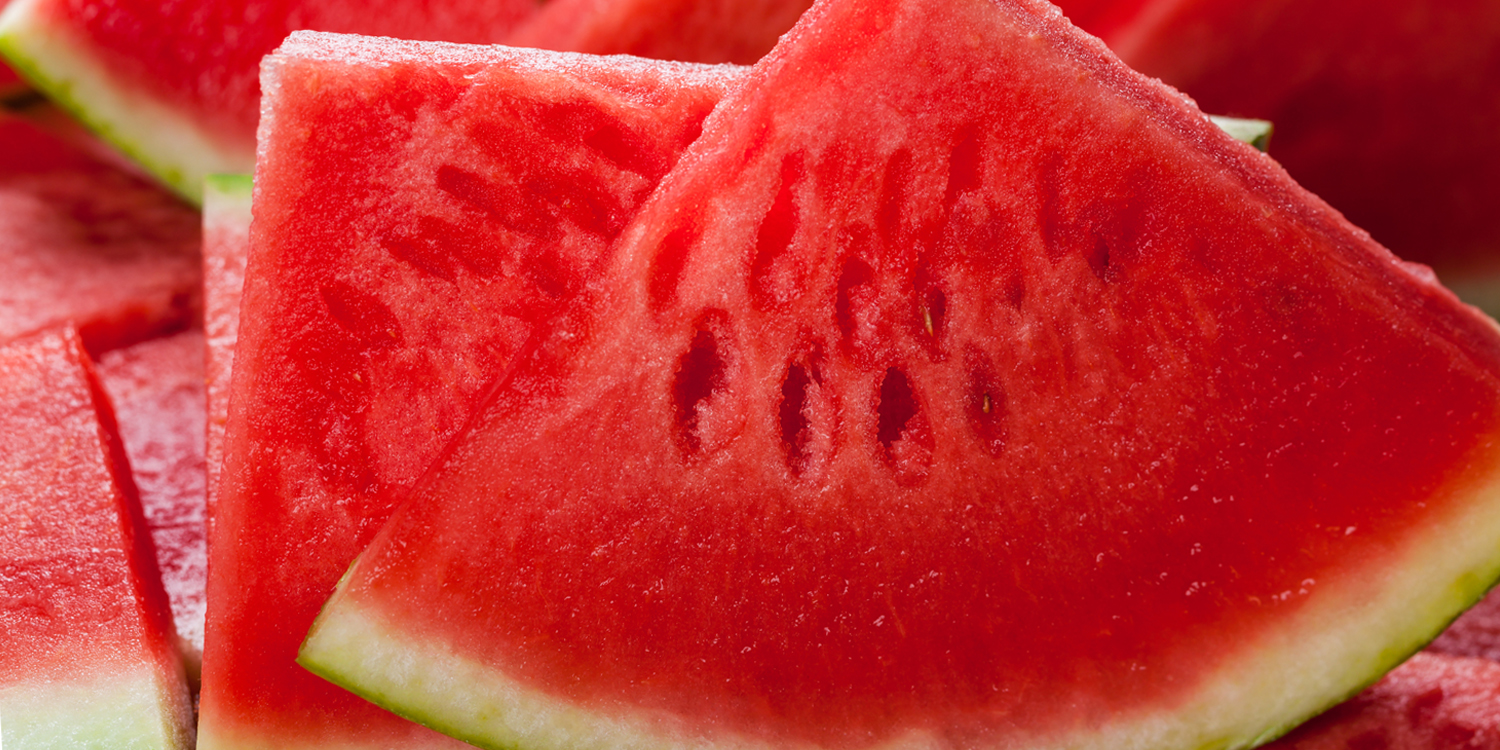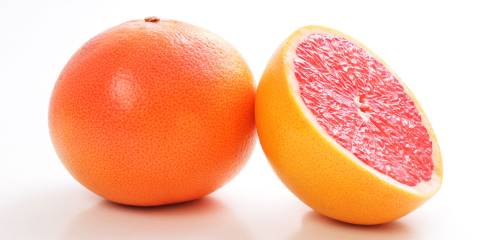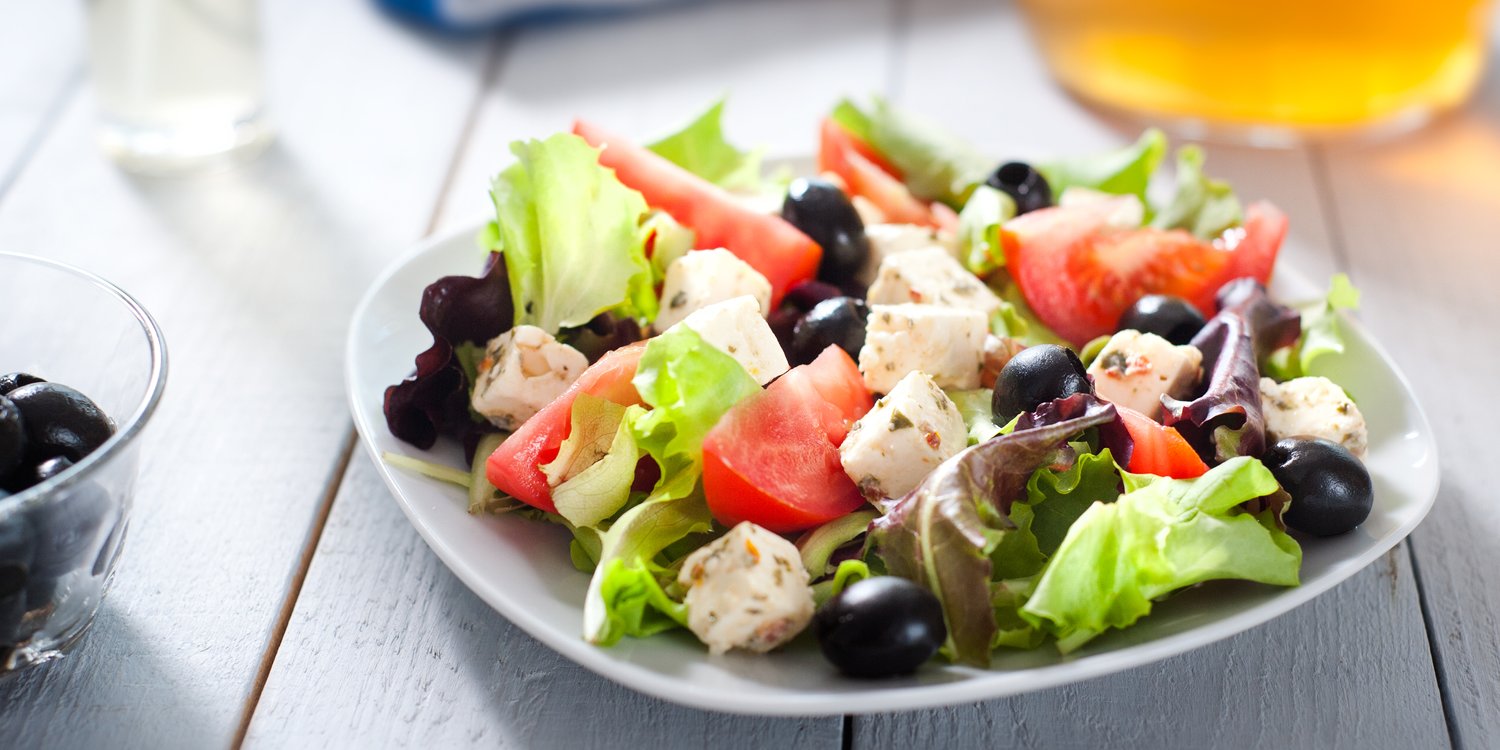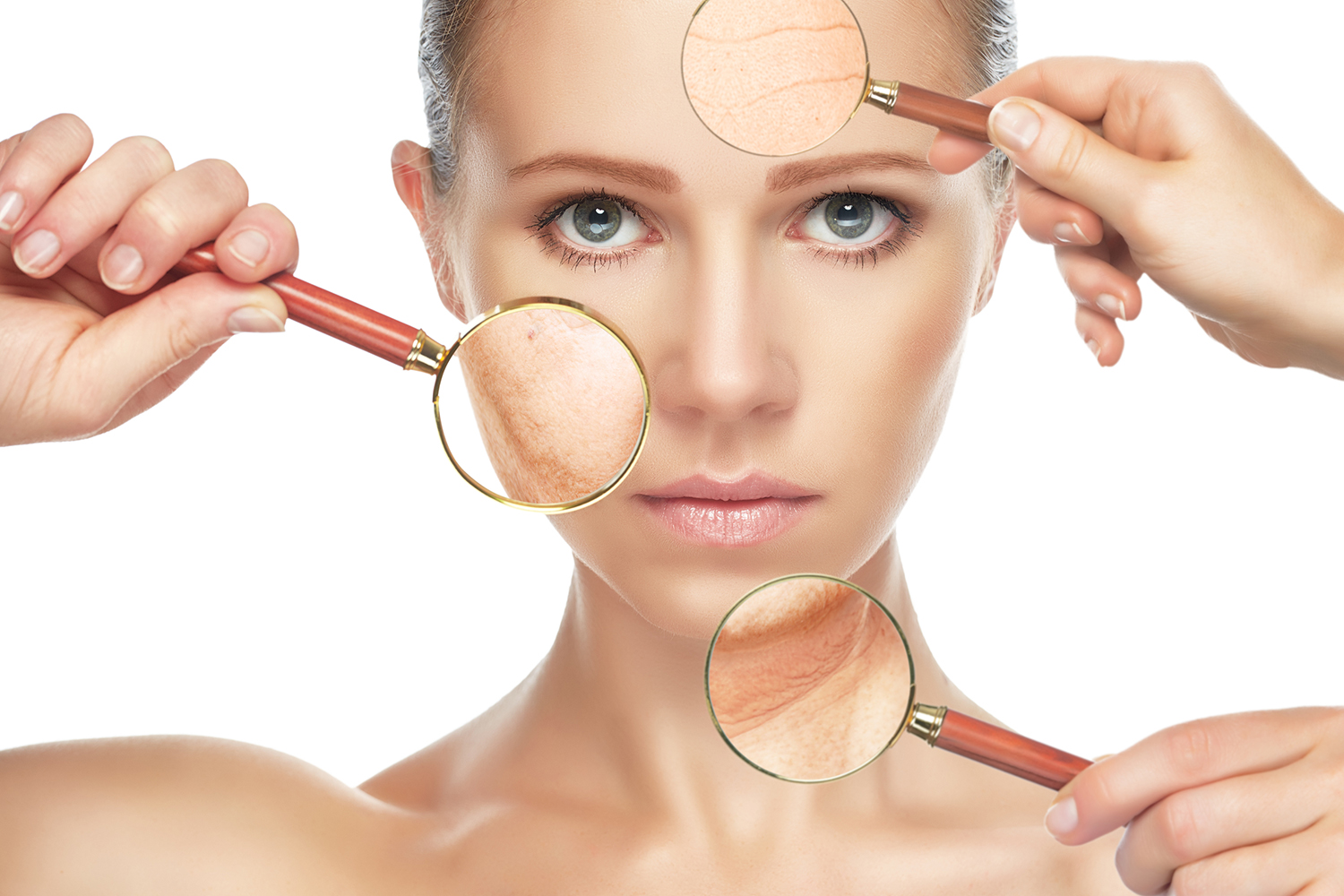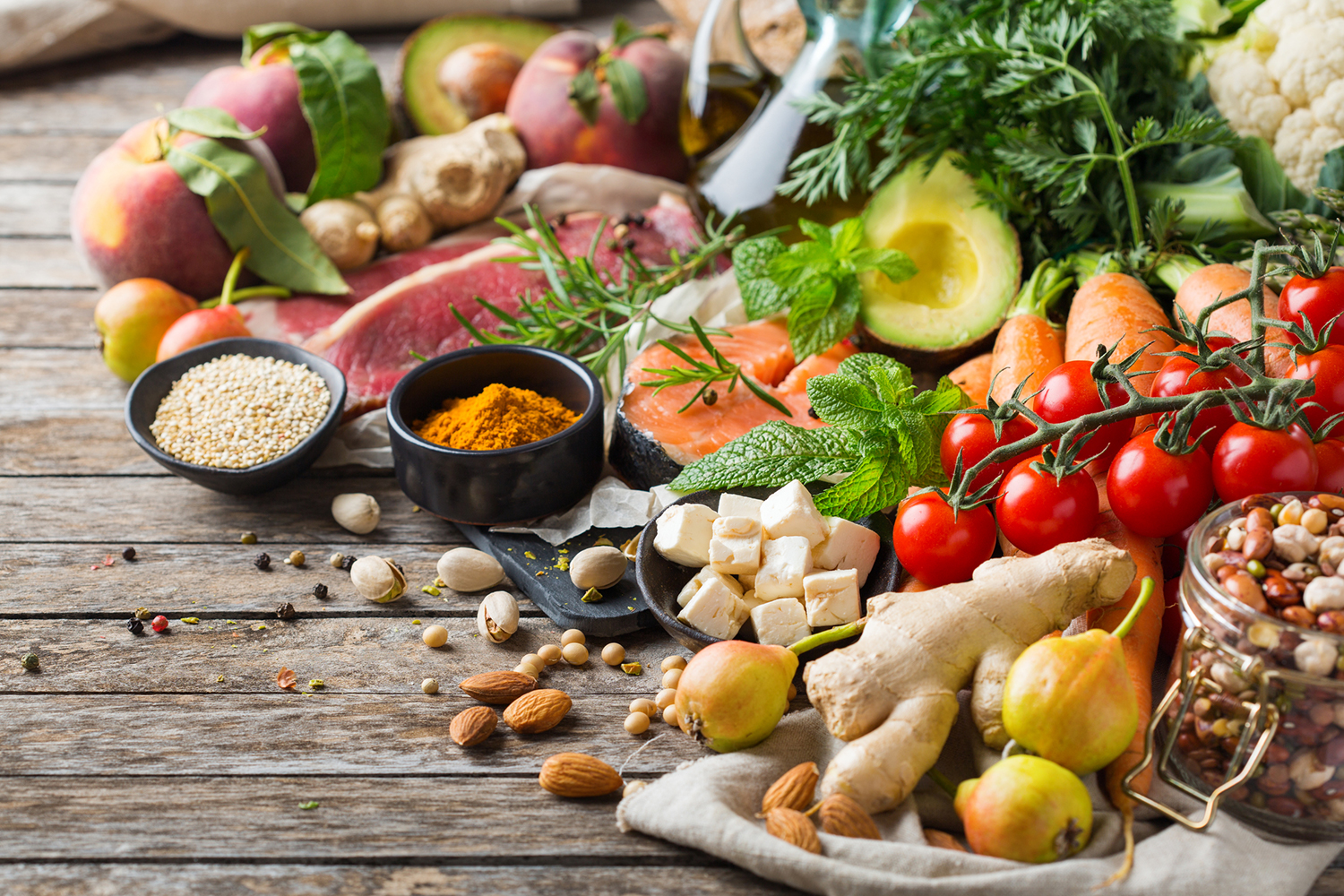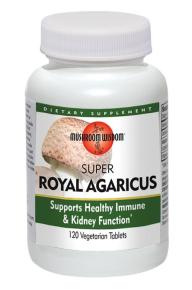Watermelon can significantly reduce blood pressure in overweight individuals while at rest and while under stress, according to a new study.
More people die of heart attacks in cold weather because the stress of cold temperatures causes blood pressure to increase. The heart has to work harder to pump blood into the aorta, and that leads to less blood flow to the heart. Researchers from Florida State University conducted a 12-week study to determine if amino acids from watermelon could reduce the risk.
Participants took the extracts or a placebo for six weeks. They then switched treatments for six more weeks. The participants also stopped taking blood pressure medication and did not make any changes regarding diet or exercise during the study. Tests included simulated cold weather conditions. The results showed positive impacts on aortic blood pressure and related vascular parameters.
